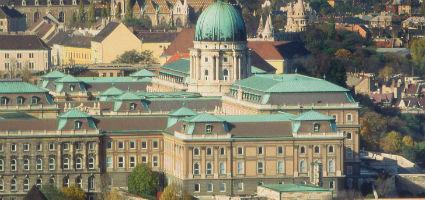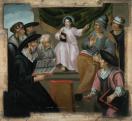 |
Address: 1014, Budapest Szent György tér 2.
Phone number: (1) 487-8800, (1) 487-8801
E-mail: btm@mail.btm.hu
Opening hours: Tue-Sun 10-18
|
|
Ticket for adults
|
2000 HUF
|
|
|
Ticket for students
|
1000 HUF
|
|
|
Group ticket for students
(over 10 people)
|
500 HUF
|
|
|
Ticket for pensioners
|
1000 HUF
|
|
|
Ticket for families
|
2200 HUF
|
/ family
|
|
Group guide
(up to 20 people)
|
7000 HUF
|
|
|
Group guide
(20-30 people)
|
9500 HUF
|
|
|
Group guide
|
14000 HUF
|
|
|
Group guide
|
18000 HUF
|
|
|
Audio guide
|
1200 HUF
|
|
|
Photography
|
1000 HUF
|
The exhibition arrived from a distant, mostly unknown country that has so far taken little or no part in cultural exchange programs. Culture it is an extremely important diplomatic event that this collection will be on display in Budapest. Special works of art will be presented at the Budapest History Museum Castle Museum. A century-old tradition of art, concisely, the eye-catching manner composed with a technique that catches attention may represent an extraordinary experience for the modern man. The history of Icon art is also the history of the people of Belarus. The artefacts reveal this developing area inside European culture, from Byzantine traditions to the golden age of national culture, Baroque.
The remaining works suggest that Belarusian art from the 15th century up to modern age has developed in the context of European culture that has effected its developed. The works on display in the exhibition demonstrate that the Belarusian painters from the Renaissance up to the age of the Enlightenment, possessed a high level of craftsmanship


